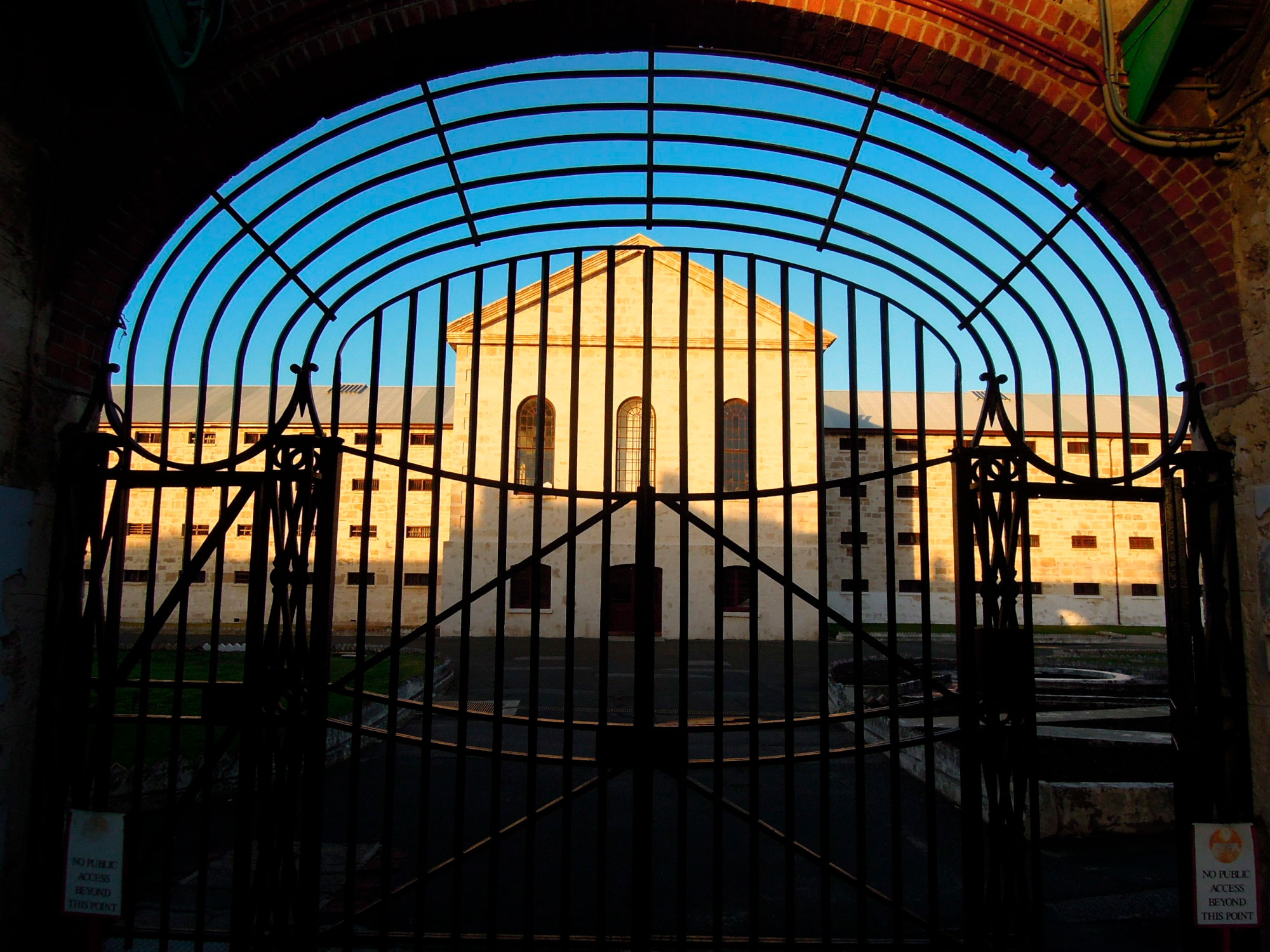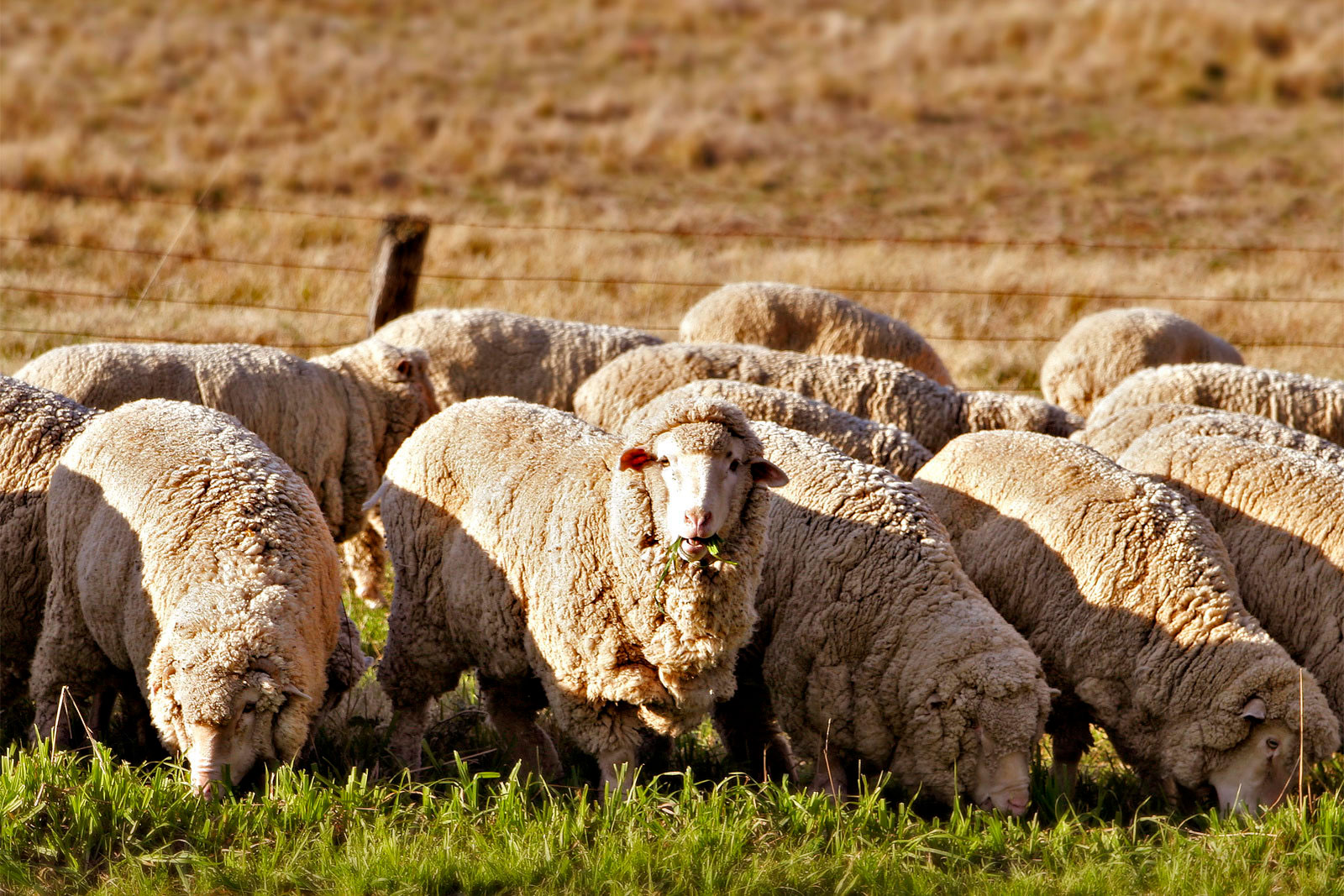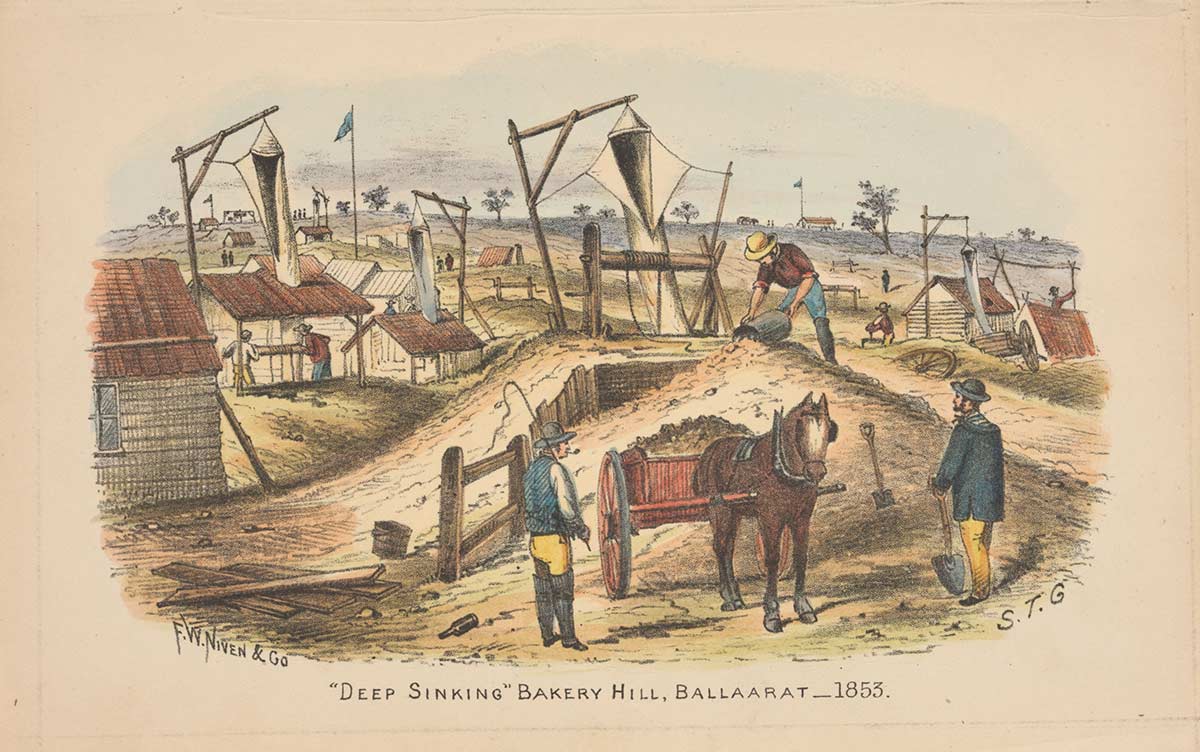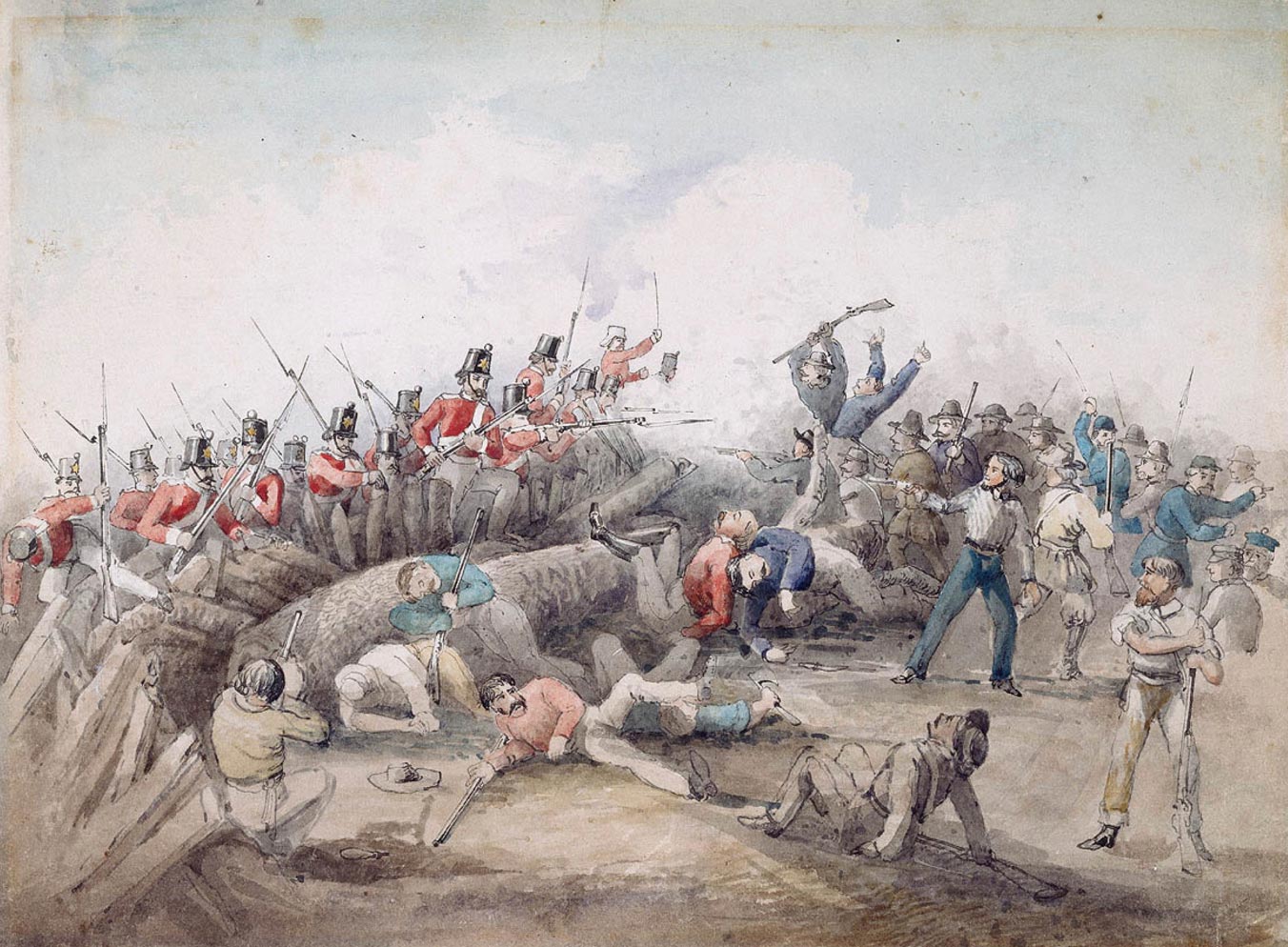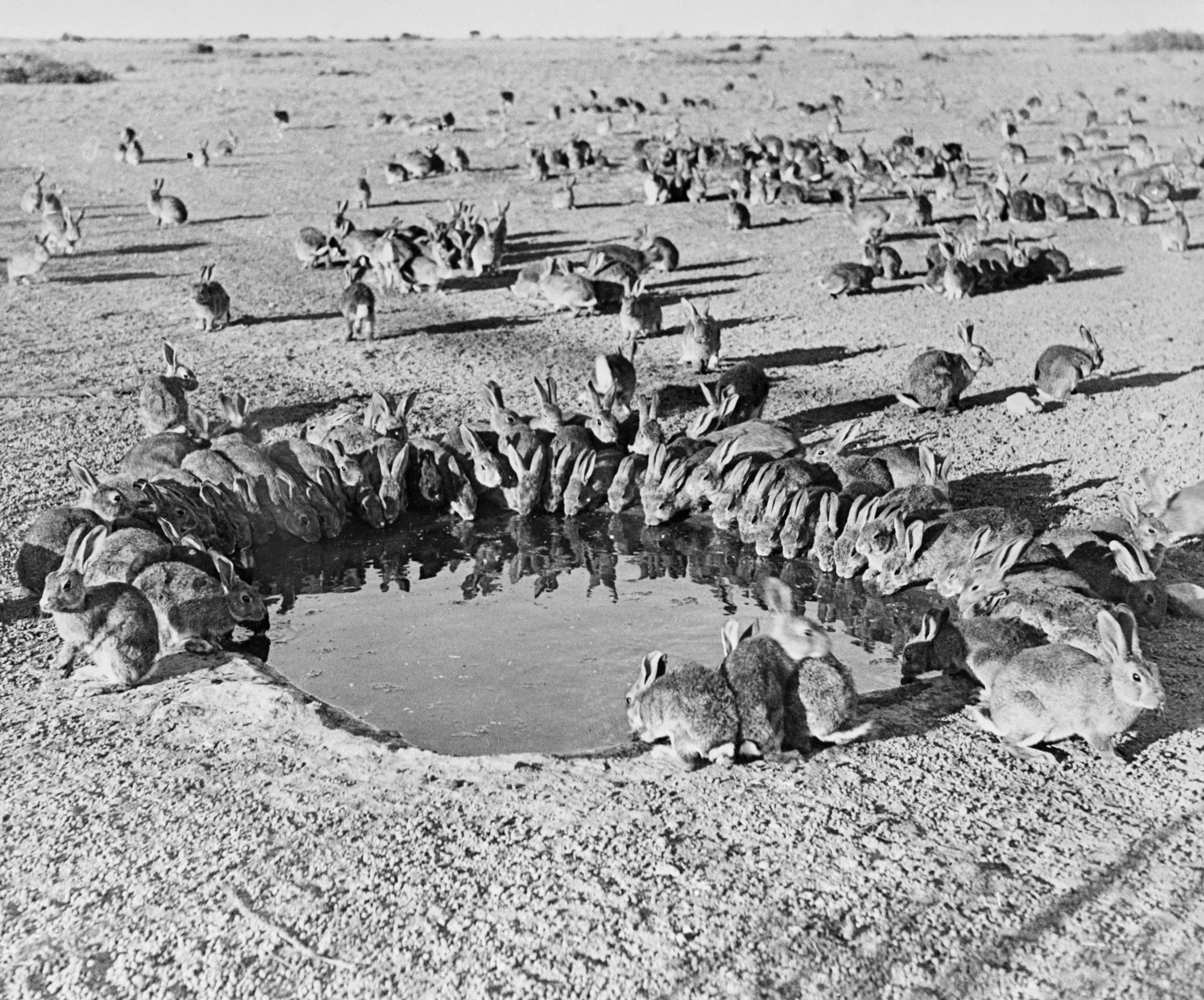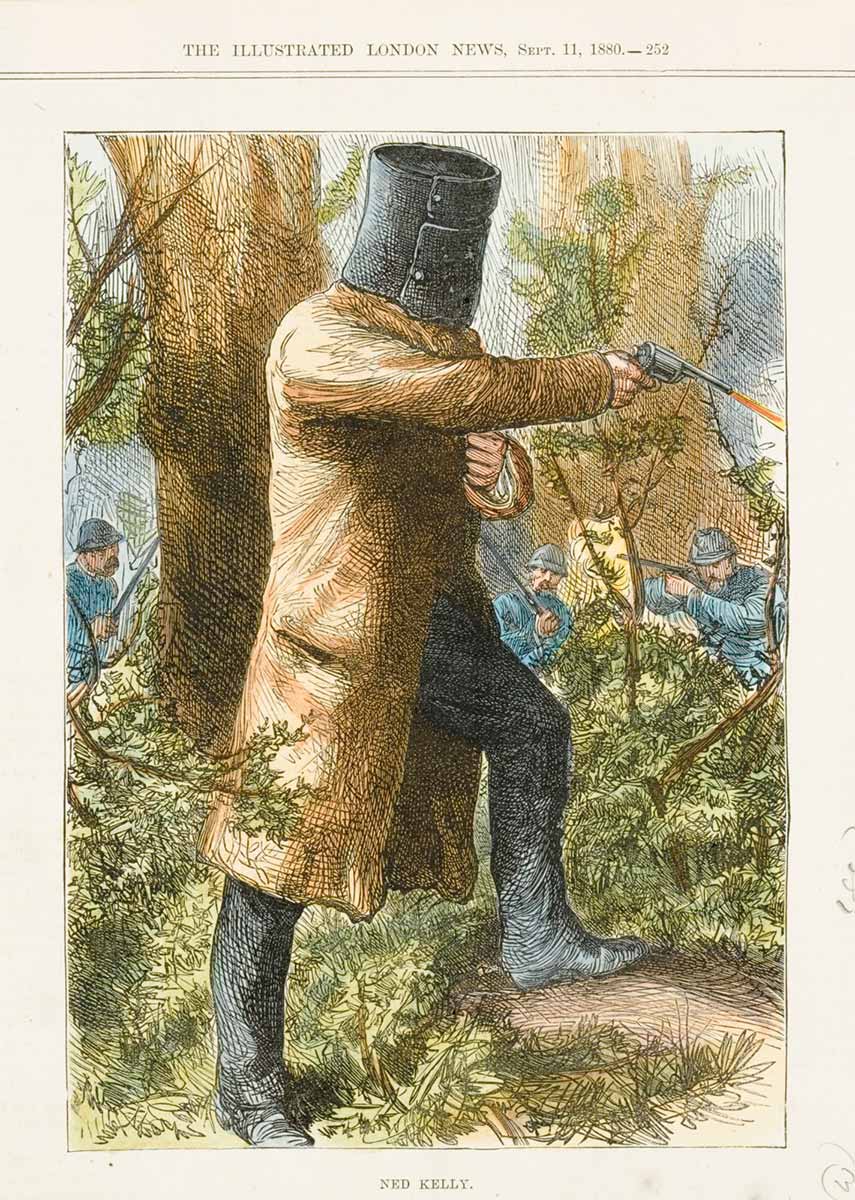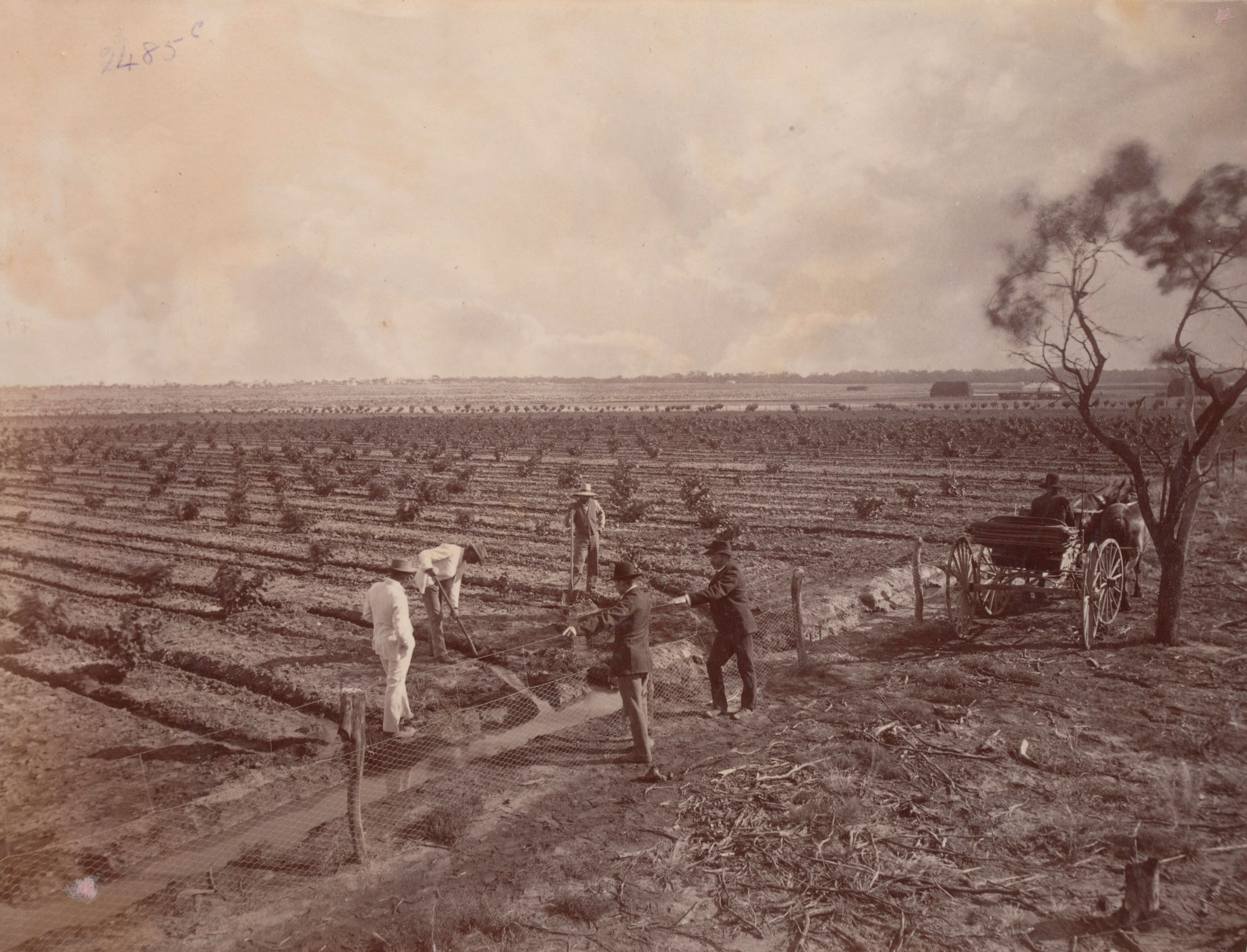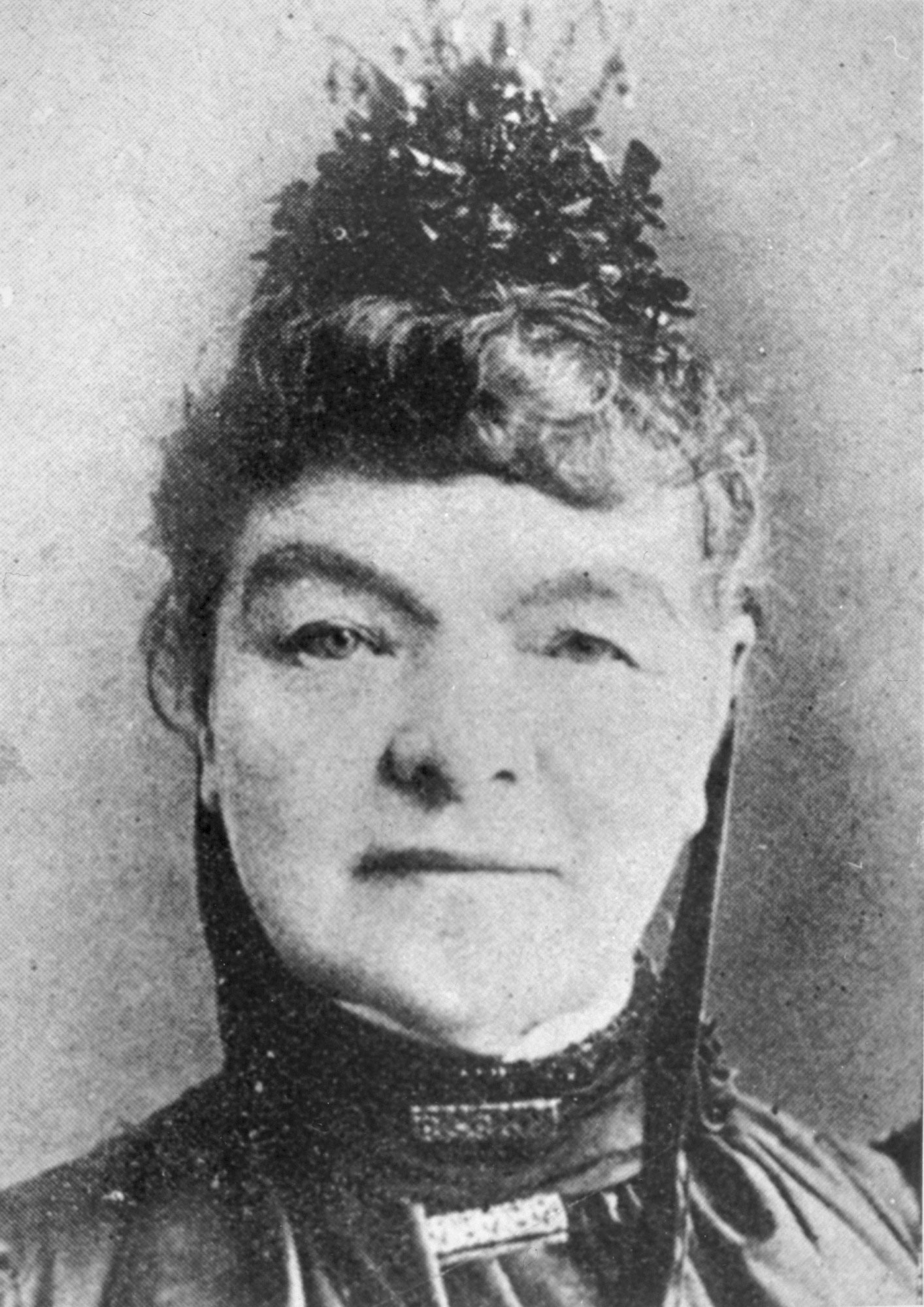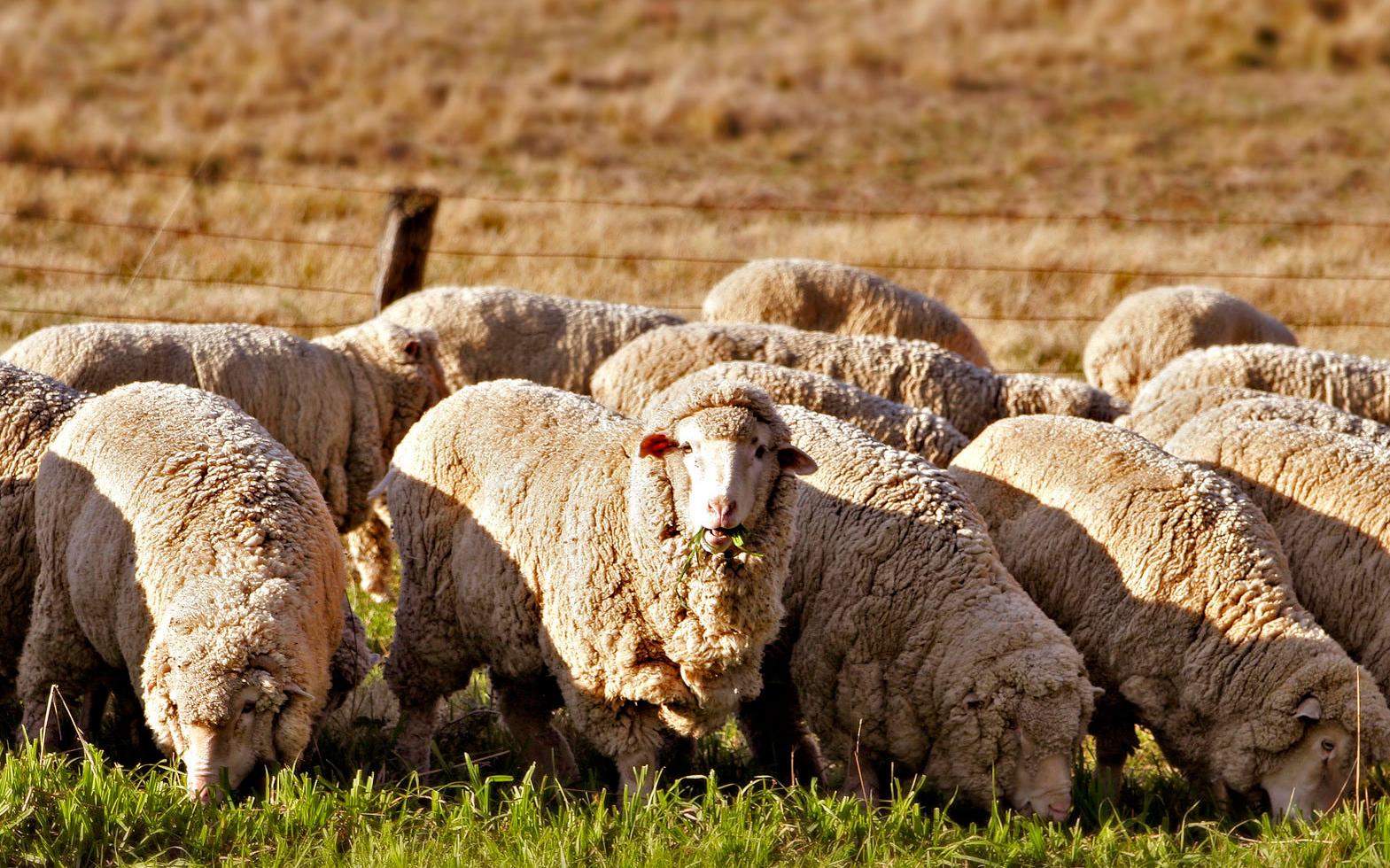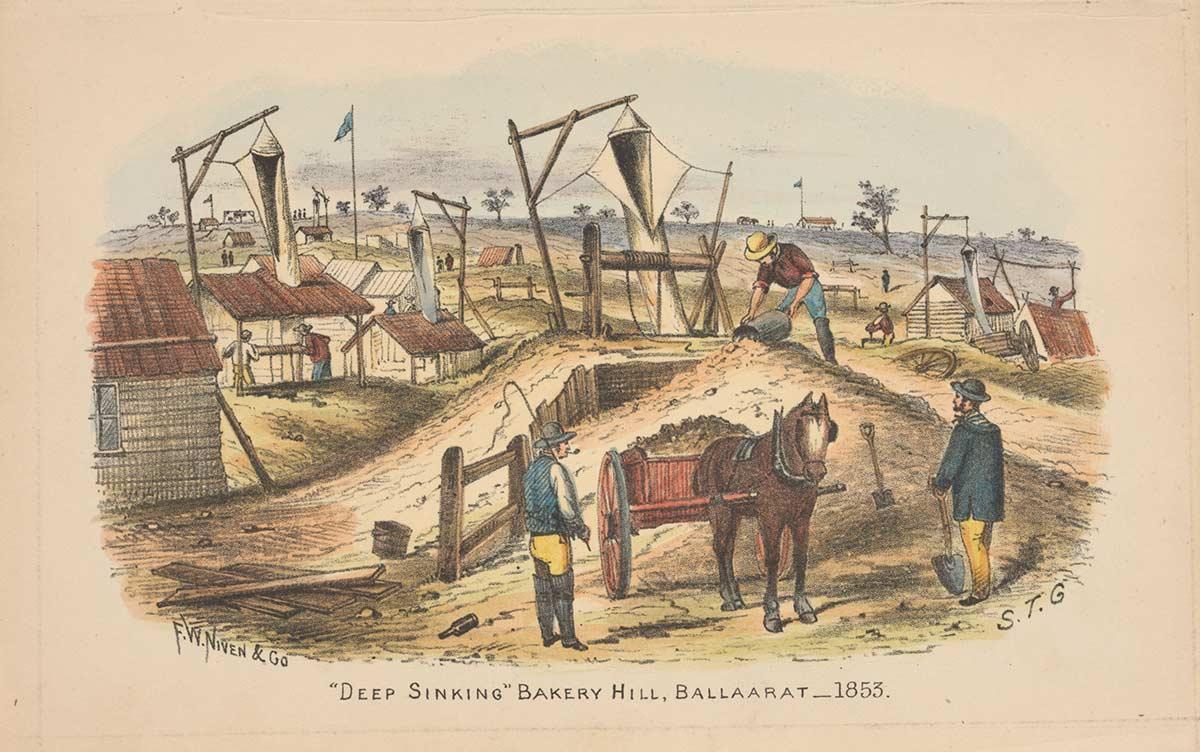Learning module:
Colonial Australia Defining Moments, 1788–1900
Investigation 1: What made us who we are today? Significant events in Australian history in the 1800s
1.4 Myall Creek massacre: ‘When murderers faced the law’
| WARNING: This page contains some difficult and potentially distressing content |
Imagine that…
There has been a massacre of at least 28 unarmed local people — men, women and children — by newcomers to an area.
Twelve men have been arrested for the crime.
Some people from the newcomers’ community are sympathetic to the killers. They believe that the use of violence may make their own lives safer, and also stop other local people opposing their settlement in the area.
-
What do you think will happen to the killers?
Discuss this question, then see how something like this really did happen in Australia.
Your task is to go through each evidence file and answer the questions.
|
Myall Creek |
Competition for the land |
The massacre |
The trials |
Commemoration |
Evidence file A
Myall Creek
In 1838 the colony of New South Wales was expanding as people moved to new areas. One new area was the settlement of Myall Creek, in north-eastern New South Wales. This is part of the traditional land of the Gamilaraay people.
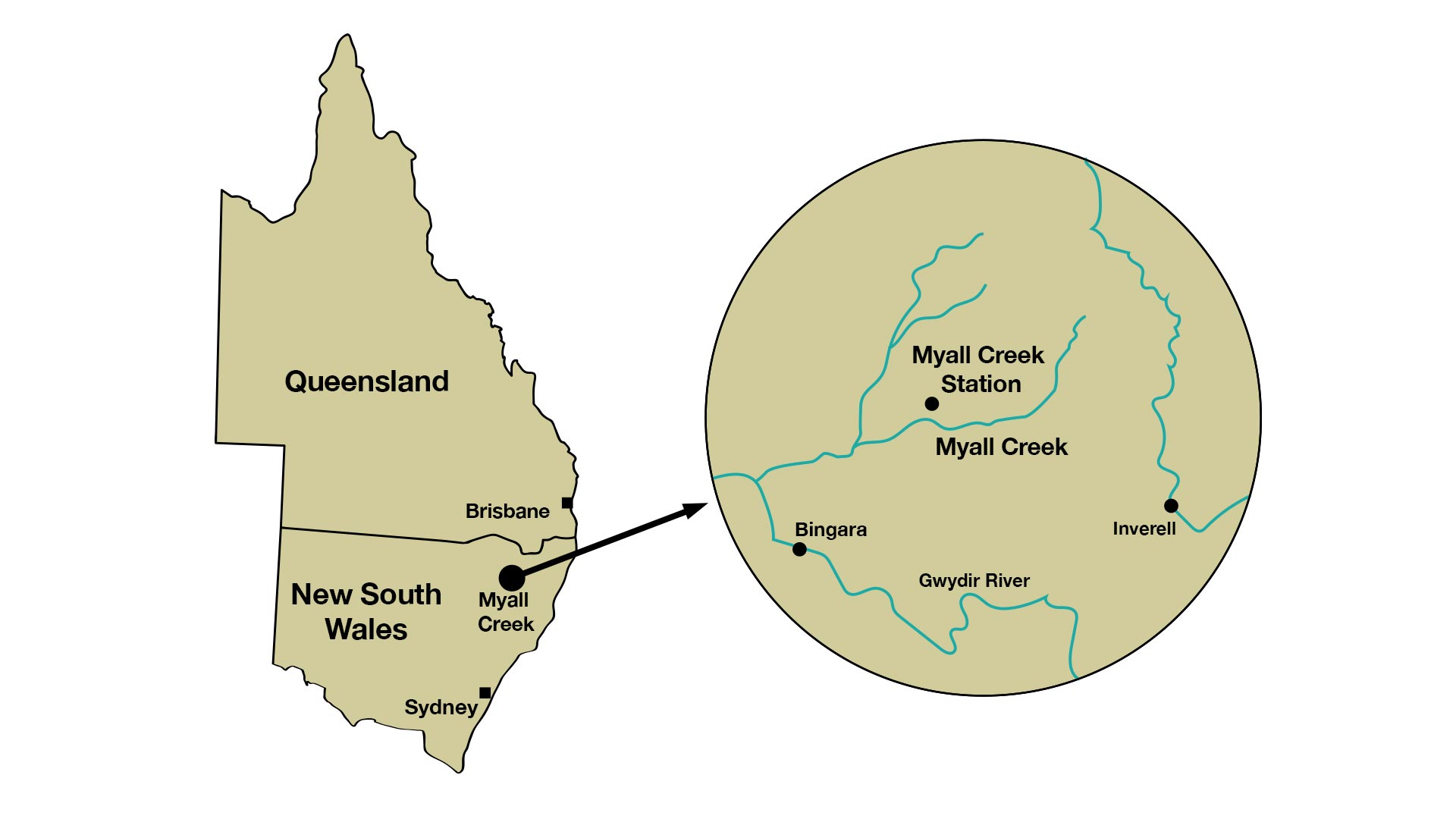
1. Check your understanding of this evidence by completing this statement.
Evidence file B
Competition for the land
From the start of European colonisation in 1788 settlers moved onto Aboriginal lands. Europeans wanted to grow food, and graze cattle and sheep. This often led to conflict as Aboriginal people resisted this colonising by sometimes burning farms, destroying crops and killing animals. Many farmers and stock workers responded by attacking and killing First Nations people. These events often took place a long way from police and courts, so there was usually no punishment.
2. Check your understanding of this evidence by selecting true or false for these statements.
Evidence file C
The massacre
In May 1838 a group of Wirrayaraay people, of the Gamilaraay nation, camped on a property at Myall Creek station. Their men assisted various stockmen with their work on nearby stations. The stockmen and the Wirrayaraay people spent time together in the evenings, dancing and singing by the campfire.
Just before sunset on 10 June 1838, while the Wirrayaraay people were preparing for their evening meal, a group of convicts, former convicts and one settler arrived at the station fully armed. The group tied up the frightened Wirrayaraay people and led them away from their campsite, killed them, and burned their bodies. At least 28 people were killed.
3. Check your understanding of this evidence by completing this statement.
Evidence file D
The trials
Three local people reported the crime. Eleven men were arrested, and one ran away. The men were put on trial, but the jury, which believed the First Nations people were a menace to settlers, found them not guilty.
There was a second trial, however, and this time seven men were found guilty. Early in the morning of 18 December 1838, the seven guilty men were publicly hanged at the Sydney Gaol. They were the first British subjects to be executed for killing Aboriginal people.
The main witness to the crime, the First Nations man, Yintayintin, mysteriously disappeared before the last four men could be put on trial. These four were never tried, as there was no longer a witness to prove what they did. People knew where the twelfth man (who had run away) lived, but he was never arrested, and never put on trial for the murders.
4. Check your understanding of this evidence by selecting true or false for these statements.
Evidence file E
Commemoration
The Myall Creek memorial site, which opened in June 2000, is important because it commemorates a terrible crime, a massacre.
It also important because it has been set up by both Indigenous and non-Indigenous people in acknowledgement of our difficult, shared history.
Look at the plaque at the site:

5. Match the words to their meanings:
Gamilaraay Elder, Sue Blacklock, one of the founders of the memorial site and service, talked about what the annual service and the reconciliation process means to her in a 2013 interview:
‘It has lifted a burden off my heart and off of my shoulders to know that we can come together in unity, come together and talk in reconciliation to one another and show that it can work, that we can live together and that we can forgive. And it really just makes me feel light. I have found I have no more heaviness on my soul.’
6. Why does the plaque make her feel better?
Conclusion
7. Think about everything you have learned in this investigation. (a) What happened? (b) When? (c) Where? (d) Why?
8. Do you think the Myall Creek Massacre is important in Australian history? Why?
9. The National Museum of Australia has many objects on display. These objects are linked to stories of people, places, events or ideas, and help us understand more about those stories.
Suggest three possible objects relating to massacres of First Nations people that could be in a museum.
10. If you could choose an object to put on display in the National Museum of Australia about the Myall Creek massacre, what would it be? Make a choice, and write a short caption for it.
Finding out more
To find out more go to 1838 When murderers faced the law — Myall Creek massacre
You can also read more in: Robert Lewis in association with the National Museum of Australia, The Story of Australia, Random House Australia, North Sydney, 2017, chapter 3.







